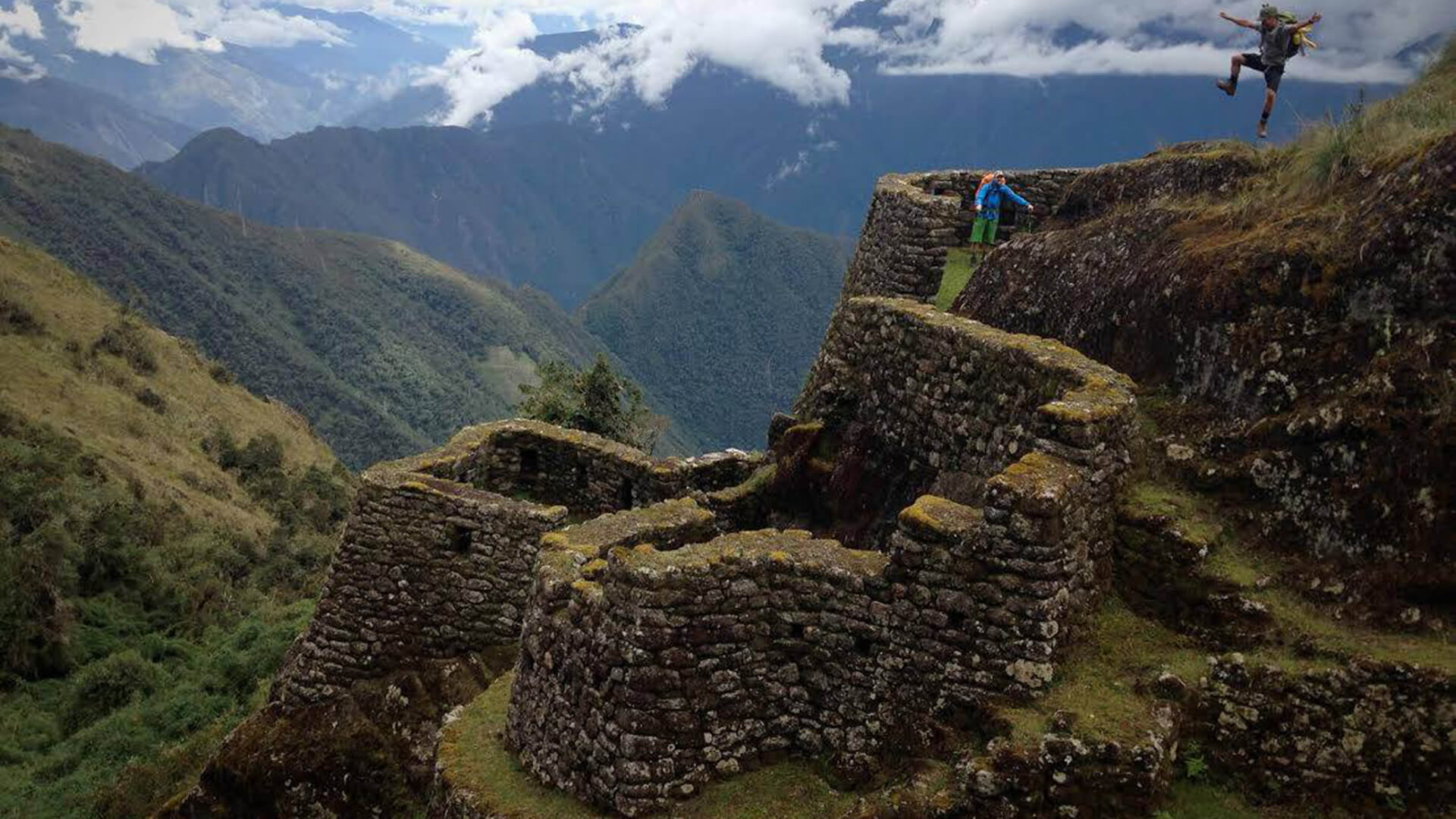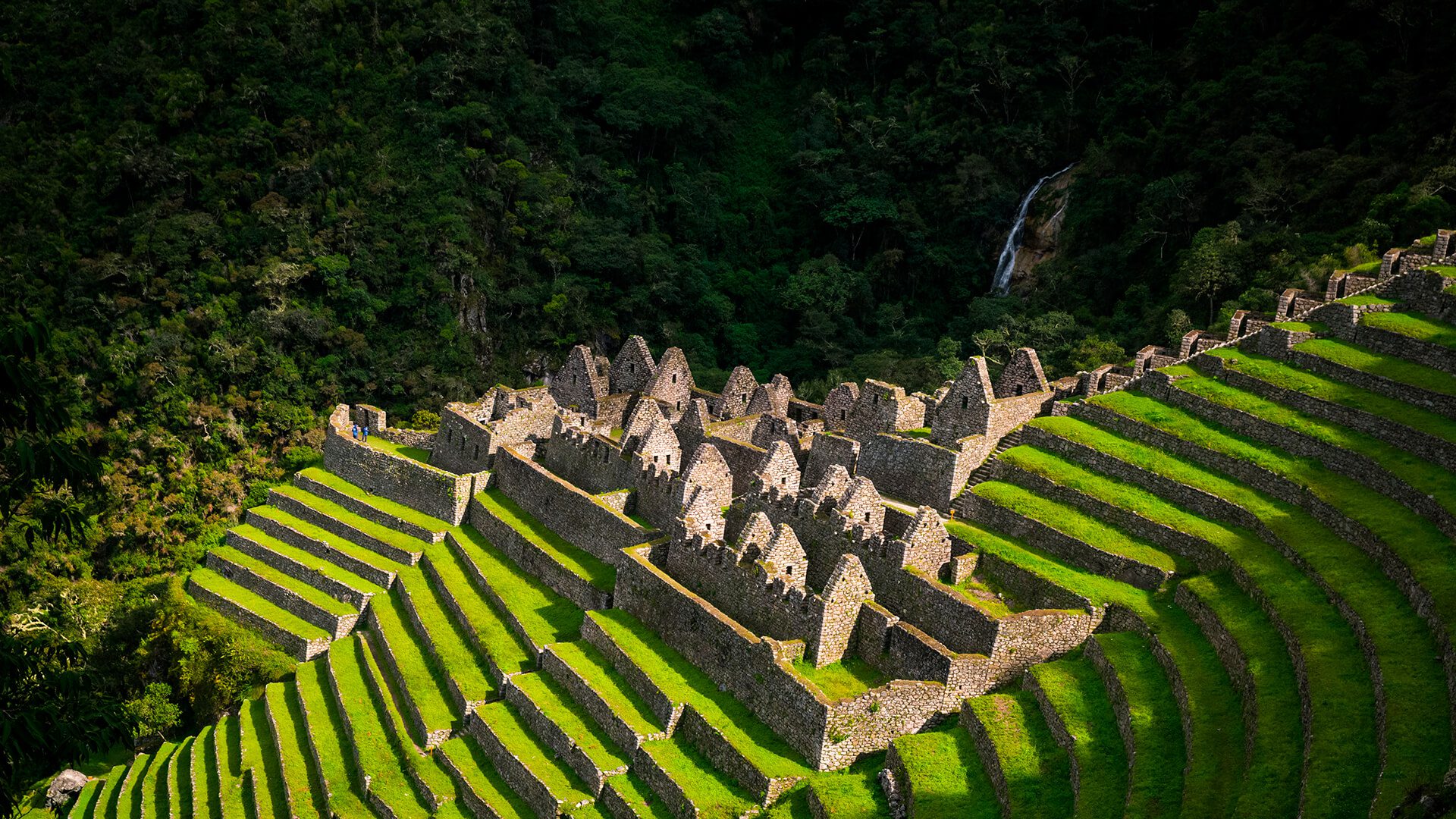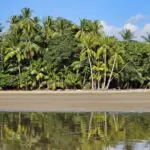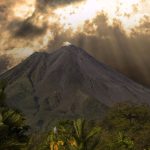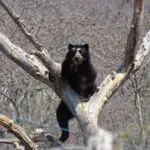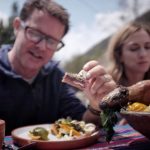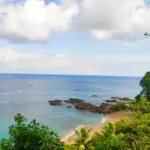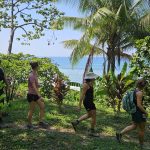As arteries coming out of a heart, the Inca Trail was departing from Cusco towards all directions giving life to the empire. Crossing the most difficult geography conditions, neither the coast nor the mountain range of the Andes or the mountains of the jungle were an obstacle to the Incas, who built the Qhapac Ñan or Royal Road from Colombia to Argentina. Our former office of RESPONSible Travel Peru was also located at one of the 4 main trails: the one that goes to the Antisuyu, one of the four regions of the Inca Empire. However, throughout this vast territory stands out one part of the road, it is the one that departs from Piscacucho, in the Vilcabamba mountains, and descends through the cloud forest to the magnificent Machu Picchu. This route is today one of the most popular excursions of the planet and it is waiting for travelers who want to visit Machu Picchu, to discover it the way the early explorers did.
Here you can only enter with authorized operators and all the necessary logistics, including porters, cooks and guides who come mainly from the surrounding communities. The journey begins with an easy day between 2800 and 3000 meters high towards the camp of Huayllabamba, passing by impressive archaeological sites and stunning sceneries of the Urubamba river.
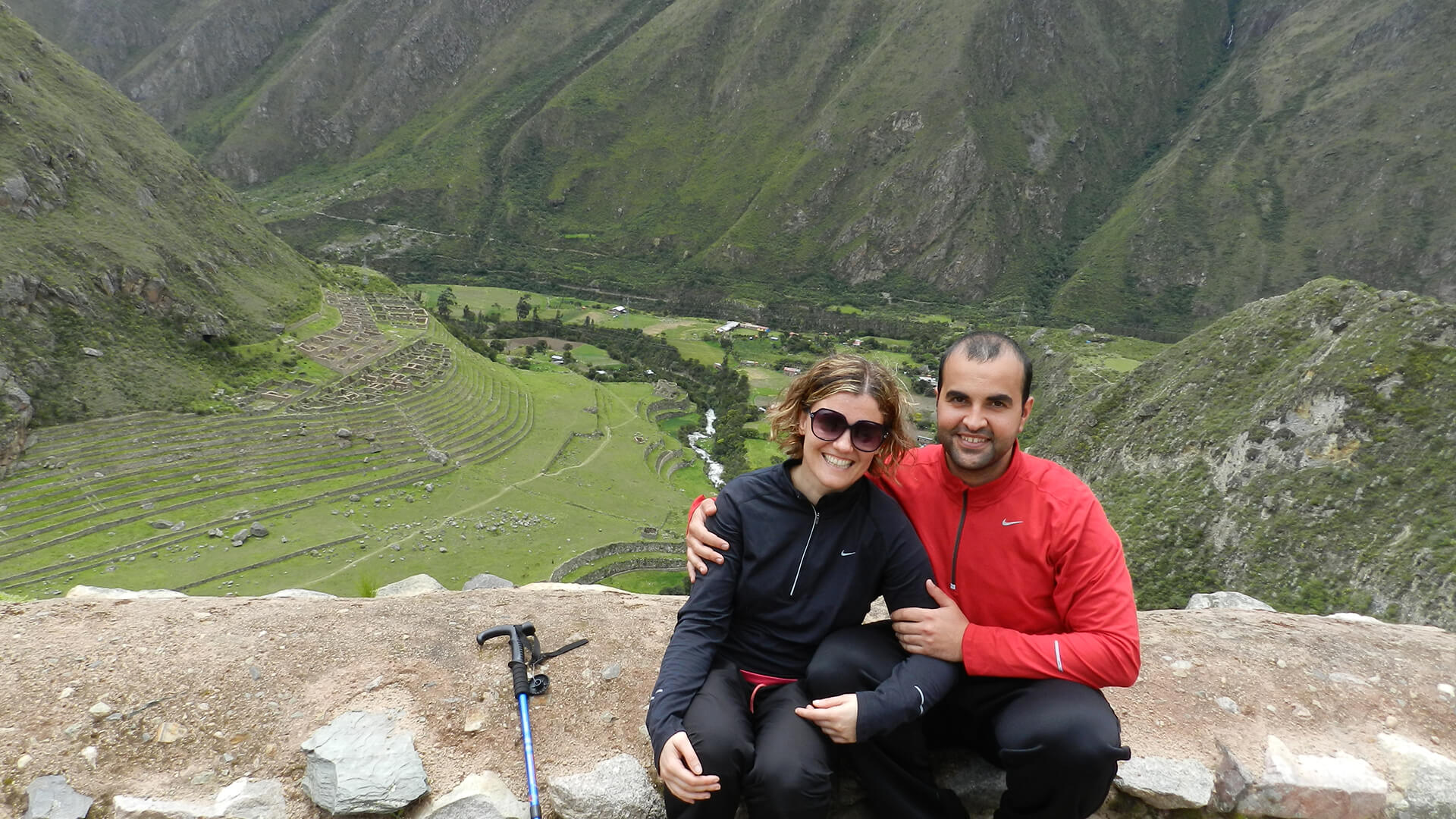
After a night under the stars in Huayllabamba, the sun rises and the most demanding day of the trip begins: the way up to Warmiwañusca or Dead Woman’s Pass, at over 4200 meters. You get here after crossing queñual forests – bent trees with orange bark – and many people build small stone turret known locally as ‘apachetas’, a way to worship the mountain as a gratitude for crossing its territory. Later on, there is a descent to the cloud forest to the Pacaymayo Alto camp, at 3600 meters high. Here, the travelers can lie back to watch the sky while enjoying pure tranquility and nature.
The next day, the trail continues through the mountains which are descending towards the jungle. The ecosystem has changed here, and we see animals such as andean bears and the Andean Cock of the rock. The vegetation is now dense and orchids of all colors and shapes grow on the trees. The clouds penetrate the forest and turn it moist and mystical while getting to camp Winaywayna (2650 m) passing by archeological sites as Runkurakay, Saraymarca and Phuyupatamarca or ” fog city “.
On the last day we wake up full of energy and ready to cross the Inti Punku or Gate of the Sun, with a spectacular view of Machu Picchu surrounded by the mountains and further away by the snowy peaks of the Vilcabamba mountain range, such as the Salkantay.
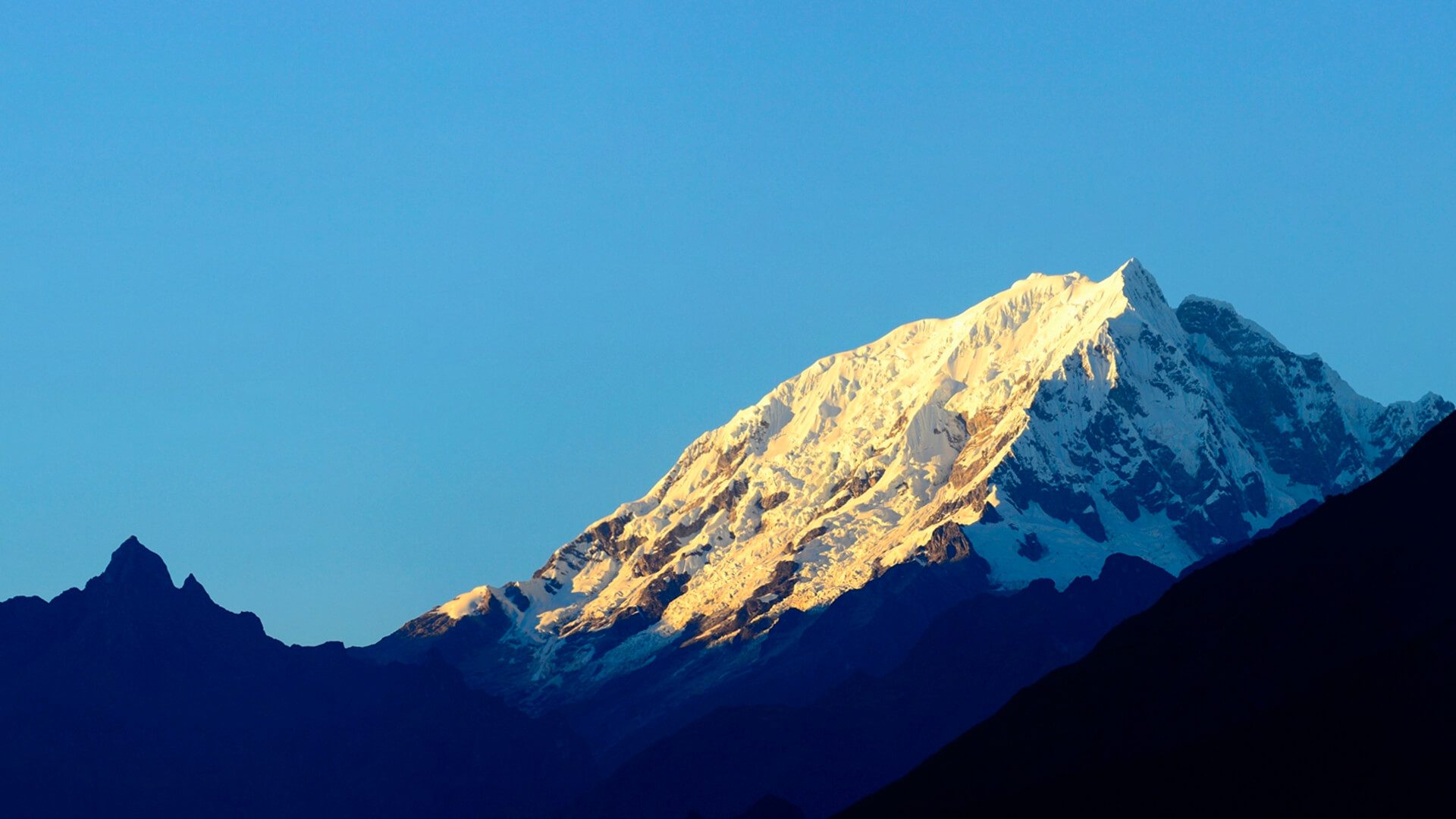
Become part of this unique experience in the middle of the Cusco Andes. We also offer various tours to try before or after hiking the Inca Trail in a RESPONSible manner, and surely there is one waiting for you. You can visit our website and contact our travel designers to start planning your adventure on the Inca Trail and the whole Peru!
